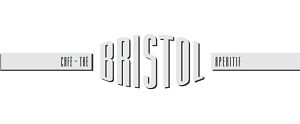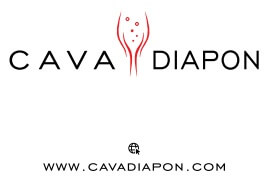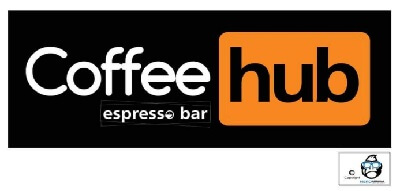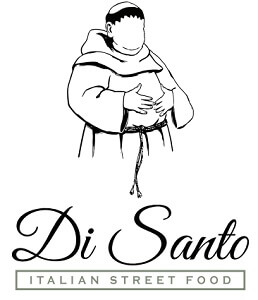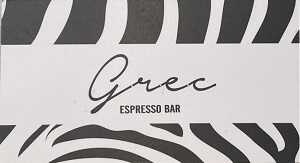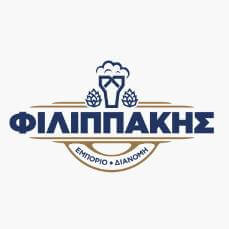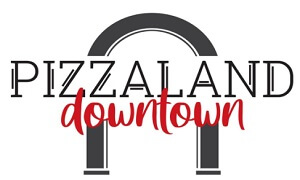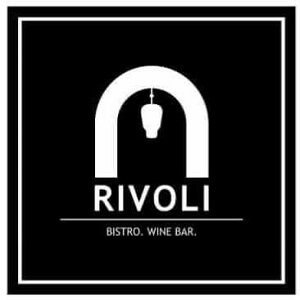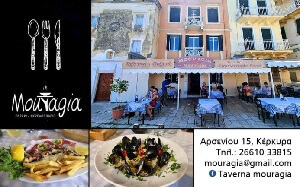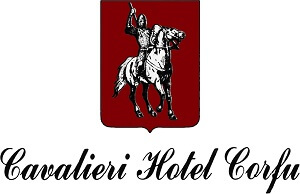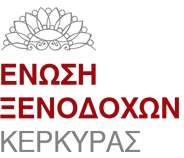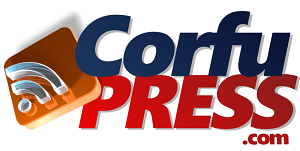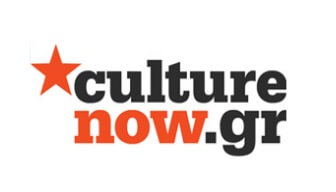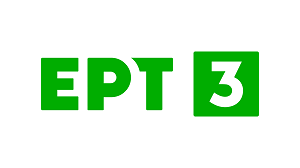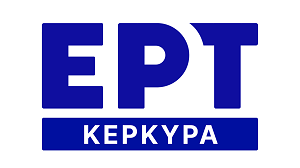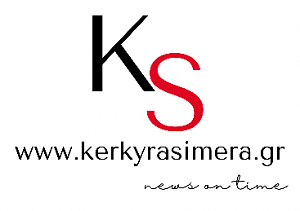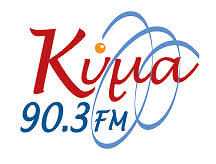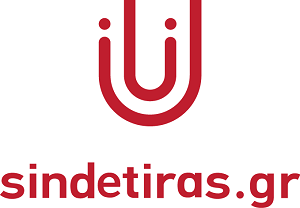The paper presents a theoretical and technical research that lead to the creation of an original piece of art, which was presented as my MA dissertation at the Ionian University and is currently a part of my PHD research at the same University. It aims to create a research framework based on works of art that use random as an artistic practise and research upon their creation. It further investigates the conditions under which the collective unconscious , as it was described by the psychoanalytic theorist Carl Gustav Jung, comes to the surface in the creative process when this process is characterized by the terms: spontaneous, uncontrolled, undirected. In general it focuses on the integration of the term "randomness" in interaction with the spontaneous products of the psyche that appear during the creative process.
Objective
The general context of the research is defined by two basic components: Firstly, the concept of a spontaneous procedure in the creation of a work of art using random as its technical element and secondly the appearance of universally repeated motives, symbols and products of the psyche driven by the creator’s subconscious.
Regarding the first component, that of the implementation of a work of art, I aim to analyze my audiovisual work titled “Dharmadhatu” in which topics of the above are being explored.
More specifically, the creation and presentation of this audiovisual work, led to the experimentation with situations that create flowing colors on a moving surface in order to form abstract audiovisual stories.
My observations on this experiment and the recordings I have collected on video, led me to observe a central neuron of my work of art, that of randomness and gave me the certainty that under certain circumstances and in combination with certain conditions of the ego, randomness can actually be the element to explore the conditions under which the artist's unconscious can come to light creating beautiful works of art.
Additionally, I aim to further analyze the appearance of Jungian symbolic forms through the analysis of its linear narration. These symbols, are elements of the primitive soul. They remain unchanged in time and are revived not only in this case but also in a multitude of myths and narratives of primitive peoples.
With this premise as a starting point, two main research questions arise:
• Is randomness a really random event? Or a vital phenomenon though often overlooked component in all creative endeavours?
• How can an artist learn to control this phenomenon so as to use his unconscious mind as a creative tool at the moment of the creation?
Finally, the main objectives can be summarized as follows:
• the study of randomness in a work of art as well as the factors that accompanies its occurrence and/or repetition
• the study of the symbolic forms as described by Jung, and the aspects that accompanies their occurrence when an artist is confronted with them during the creating procedure.
• the connection, the similarities and the differences of these two terms as well as the comparison of the feelings they exude.
Method
The methodology of the proposed research provides the study of a carefully selected theoretical background related to randomness, seen in the light of Jung's collective unconscious as described in his book entitled “Man and His Symbols ”. This theoretical study and elaboration of the material, aims to investigate the dynamics of the term randomness in an attempt to find its connection with the primitive products of the human soul and its inclusion in the specific conceptual framework for its subsequent use and better future application in the field of arts.
More specifically the study of this theoretical research includes:
• the context through which we perceive and use randomness
• the conditions under which undirected forms and symbols are created within us
• the connection and the deviation of the two terms
• Inspiration, chance and the role of the unconscious mind in the creation of a work of art
• Causal analysis and drawing conclusions arising from the theoretical research.
Conclusion
The completion of the proposed research aims to be used as useful material for the main research question of my doctoral dissertation at the Department of Audiovisual Arts of the Ionian University entitled: “Randomness in life and art”. The results are also expected to contribute by highlighting new aspects of the term "randomness" in an attempt to critically analyze and document the phenomenon in a broader creative and theoretical context, in order to use it as a theoretical tool for creating original works of art through practice based research.
Back
SPONSORS
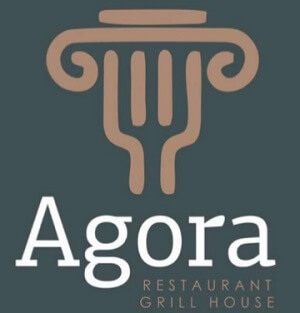 Agora Restaurant Grill House
Agora Restaurant Grill House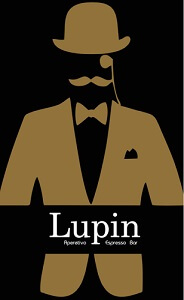 Lupin Aperitivo Espresso Bar
Lupin Aperitivo Espresso Bar

